Native American Genealogy – Episode 76
Native American genealogy research follows the same path that all good genealogy research does, but it also includes some unique records along the way. It’s a fascinating journey, and in Elevenses with Lisa episode 76 professional genealogist Judy Nimer Muhn (Lineage Journeys) joins Lisa Louise Cooke to pave the way. Judy will discuss:
- Tribal and personal naming conventions
- Tribal-specific resources
- How geography impacts research
- Native American genealogical records
- and more…
Episode 76 Show Notes
Native American genealogy research follows the same path that all good genealogy research does, but it also includes some unique records along the way. It’s a fascinating journey, and in Elevenses with Lisa episode 76 professional genealogist Judy Nimer Muhn (Lineage Journeys) joins Lisa Louise Cooke to pave the way. Judy will discuss:
- Tribal and personal naming conventions
- Tribal-specific resources
- How geography impacts research
- Native American genealogical records
- and more…
Five Tribes
- Navaho/Navajo: Diné
- Cherokee: Tsalagi or Aniyunwiya
- Sioux: Lakota, Nakota or Dakota
- Chippewa: Ojibwa
- Choctaw: Choctah or Chahta
GEOGRAPHY
Native Land Map
Features:
- Enter a location
- Mouse and click around on the map to see the relevant territories in a location.
- Select or search from a dropdown of territories, treaties, and languages.
- Click and links will appear with nation names. Click a link to be taken to a page specifically about that nation, language, or treaty.
- Export the map to a printable image file
- You can turn map labels on or off to see non-Indigenous borders and towns
- Mobile apps available for iOS and Android.
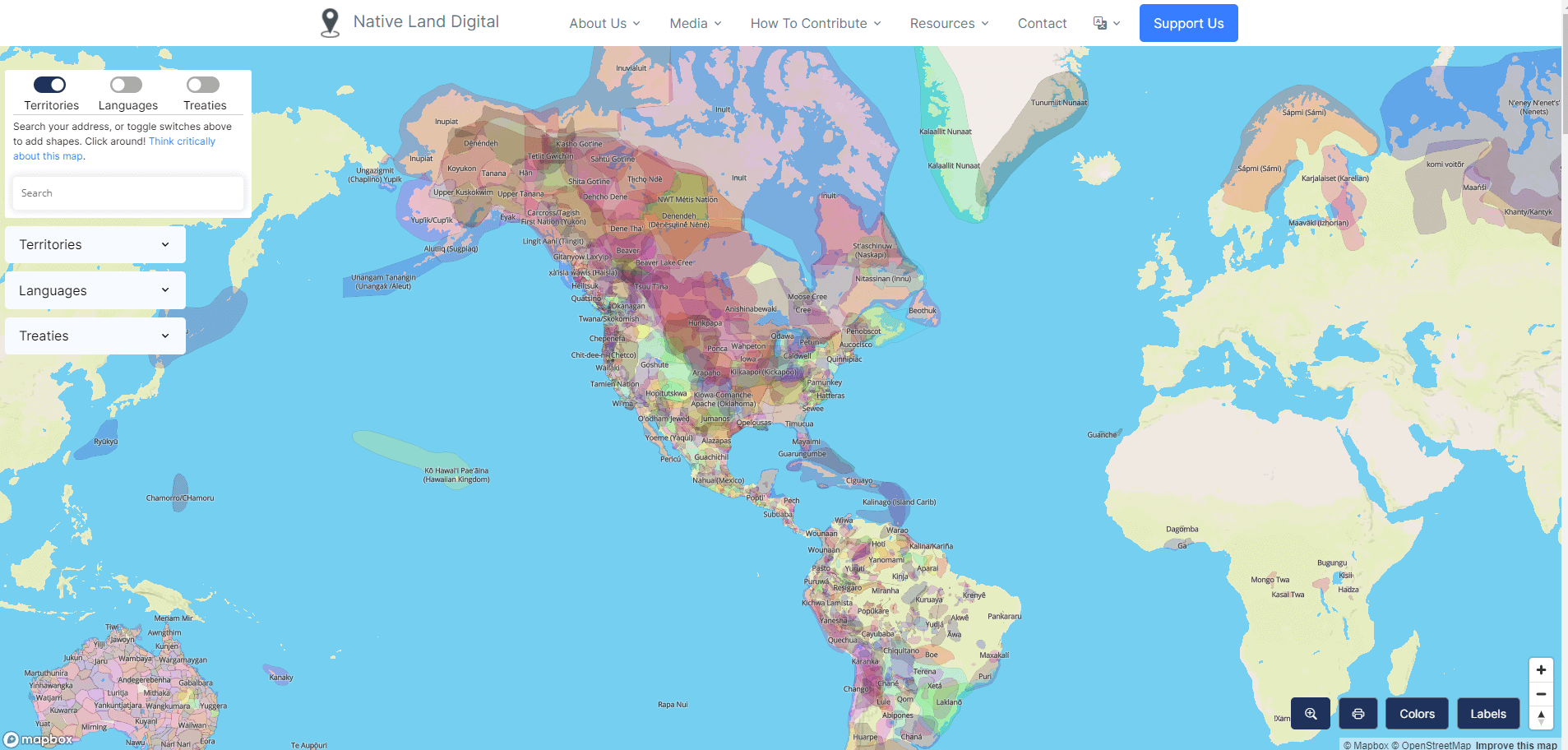
Native Map Digital Map
CENSUS RECORDS
Census Records at Genealogy Websites:
- Ancestry ($)
- MyHeritage ($)
- FamilySearch
From the Article: “Native people were largely excluded from the federal census until at least 1860.”
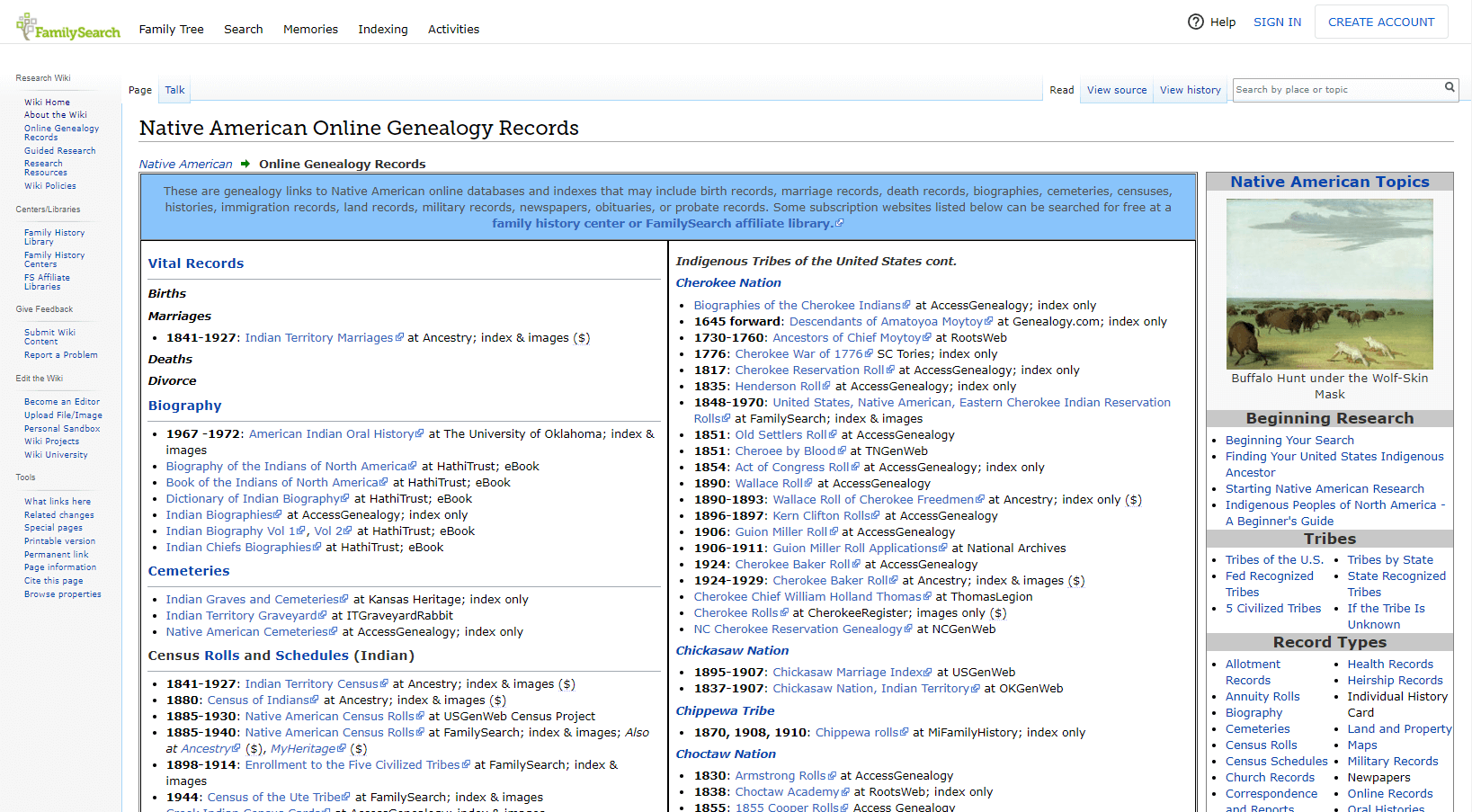
Native American Research at FamilySearch Wiki
National Archives
- Article by James P. Collins called Native Americans in the Census, 1860-1890 which will help you understand what you may be able to find during that time period.
At the National Archives you will find:
- Links to Native American records
- Download data collection research sheets for free
Visit the National Archives resource page for Native American Research
The Bureau of Indian Affairs
The Bureau of Indian Affairs was required to take an annual census of Native communities. (ex. Dawes Rolls)
- Some are available for free at Familysearch.org
- Compiled into one collection ranging from 1885 to 1940.
- Not all communities were represented.
- Collection may not be fully indexed
Free Native American Genealogy Databases
- 1817 Cherokee Reservation Roll
- 1880 Cherokee Census
- 1924 Baker Roll
- 1954 Proposed Ute Rolls
- Armstrong Rolls
- Dawes Commission Case Files
- (Dawes Rolls) Final Rolls Index and Search the Final Rolls
- Drennen Rolls
- Guion Miller Roll
- Kern Clifton Rolls
- McKennon Roll
- Old Settlers Roll
- Wallace Roll
Library of Congress
Here you’ll find many resources including newspapers, photos and reports to congress and oral histories.
Judy found materials deep within the Library of Congress website using Googling strategies from my book The Genealogist’s Google Toolbox available exclusively at the Genealogy Gems Store.
Michigan State University
Native American Studies Research Guide: Introduction
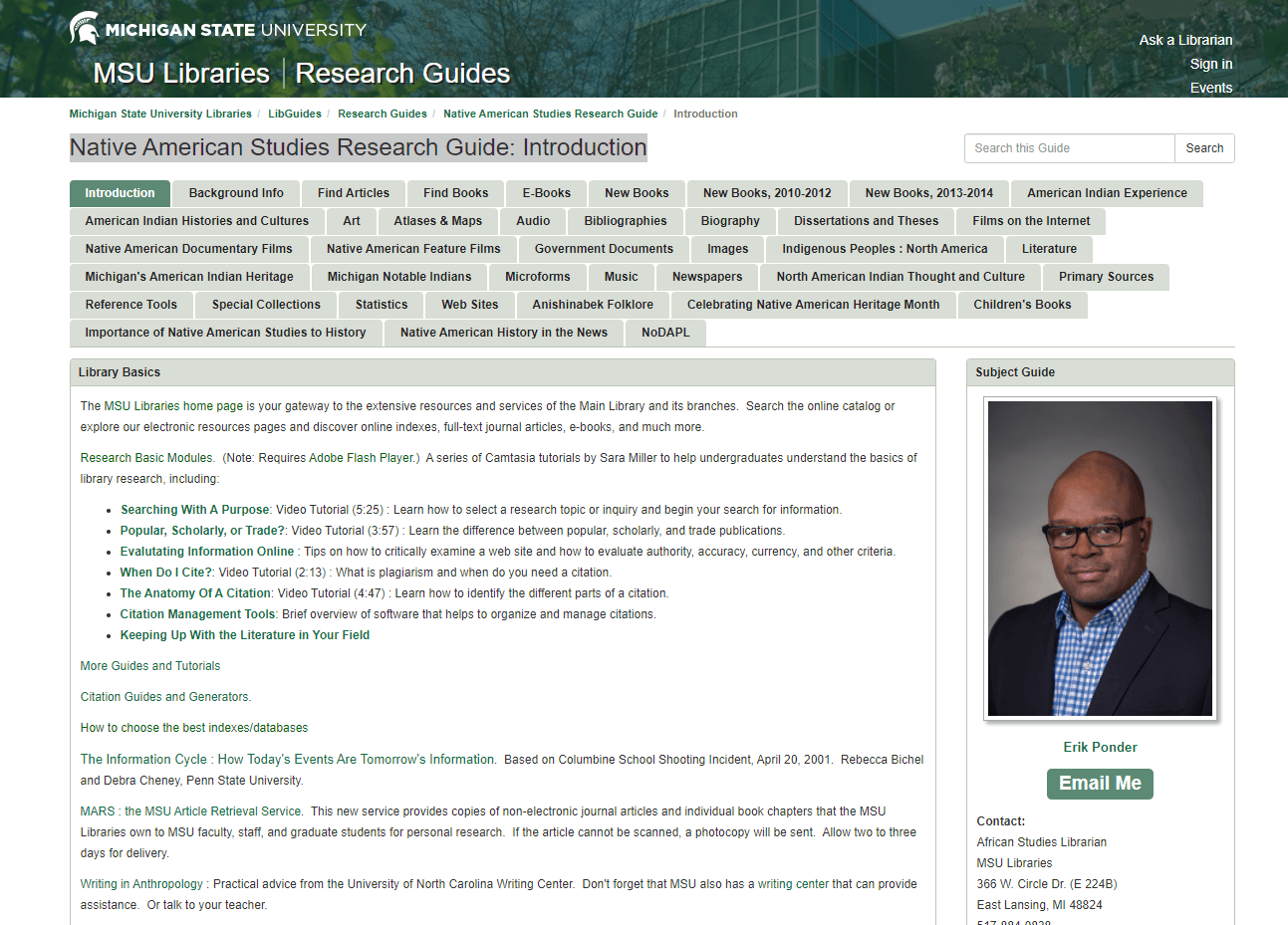
Michigan State University Native American Resources
Resources
These show notes feature everything we cover in this episode. Premium Members: download this exclusive ad-free show notes handout PDF. Not a member yet? Learn more and join the Genealogy Gems and Elevenses with Lisa family here.
How to Watch the Show Live
Three ways to watch:
1. Video Player (Live) – Watch live at the appointed time in the video player on the show notes page.
2. On YouTube (Live) – Click the Watch on YouTube button to watch live at the appointed time at the Genealogy Gems YouTube channel. Log into YouTube with your free Google account to participate in the live chat.
3. Video Player above (Replay) – Available immediately after the live premiere and chat.
Elevenses with Lisa Archive
See all of the available episodes here.
Questions about Finding Show Notes: Watch this Video:
Finding and Downloading Elevenses with Lisa Show Notes
Get My Free Newsletter
Turn a Kindle Ebook into an Audiobook on iPhone
Wish someone could read your Kindle e-book to you? Your iPhone can. Here’s how to turn a Kindle ebook into an audiobook. For free.

Turn eBook into AudioBook
I love to read. But when I’m on the road, doing chores or working out, it’s easier to listen to books. Sometimes I purchase an audio format or find one at my local library. But audiobooks are pretty expensive, and they’re not always available for the books I want.
So what if I have an e-book already on my Kindle and I want my iPhone to read it to me? It can.
Here’s how to turn a Kindle ebook into an audiobook on an iPhone 5s:
1. Customize VoiceOver settings. On your iPhone, go to Settings > General > Accessibility.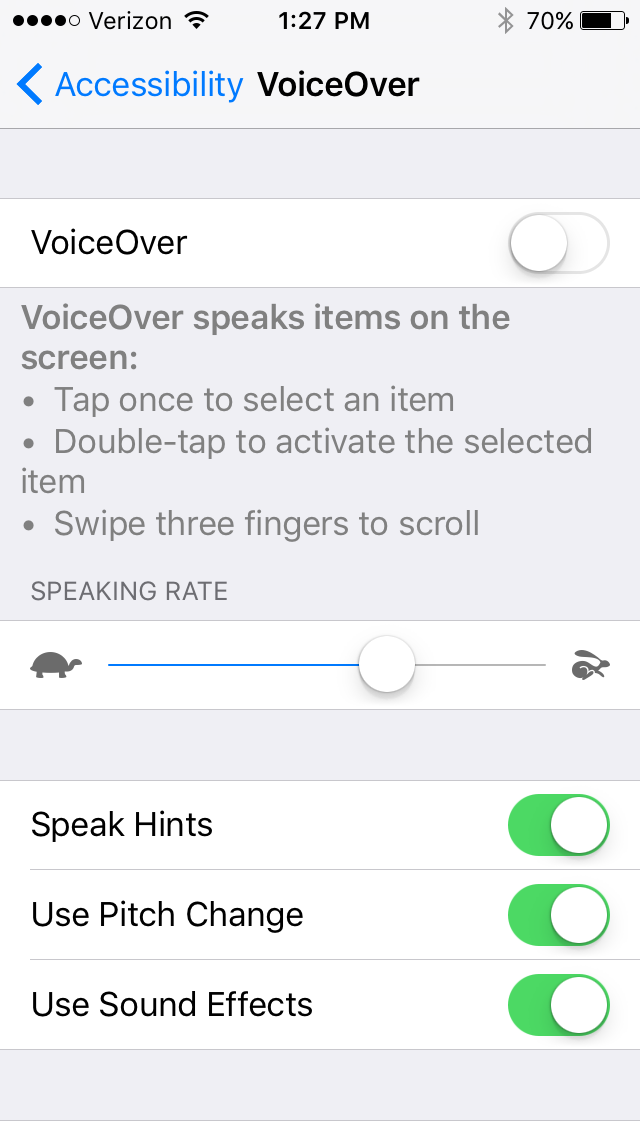
2. Set the reading speed. On the VoiceOver screen, go down to the Speaking Rate bar and adjust it to a speed you like: toward the turtle image for slower, and toward the running rabbit for faster.
3. Choose the reading voice. On the same screen, you can select the voice you want to hear. Choose Speech. Under Default Dialect, you can choose among several English-speaking reading voices, categorized under U.S., Australian, U.K., Irish and South African English. Or tap “Add New Language” to enable one of many other languages.
4. Open your Kindle app (or download it here).
5. Choose a book from your Library. Or go to Amazon.com, select Kindle Store under the All Departments dropdown menu on the search bar, and search for titles (or search “Kindle free books” for free Kindle books to read). You should also check with your local library about borrowing Kindle ebooks.)
6. Open the book. Tap the book and swipe left to page forward through the front matter until you want to start reading.
7. Ask Siri to “turn on VoiceOver.” You can also do this manually by going back to Settings > General > Accessibility. Once you turn on VoiceOver, it reads everything to you. I find it annoying and more difficult to navigate in the iPhone with VoiceOver on, so I don’t enable it until I am ready to use it. After Siri confirms that VoiceOver is enabled, press the Home button once to return to your Kindle book.
8. Start the audio reading. A black border will appear around your Kindle book page. A voice will start to give you instructions. Swipe down with two fingers to begin reading continuously (beginning with the current page and continuing through the book until you stop.
9. Double tap the screen to stop reading and bring up the menu options.
If you’re used to audiobooks read by actors and professional readers, you’ll miss their polished performances. But the voice works for me in a pinch, when I just want to listen to an e-book I already have on my Kindle.
Why not try this with the current Genealogy Gems Book Club featured title, The Summer Before the War by Helen Simonson? Click on the book title to order the Kindle e-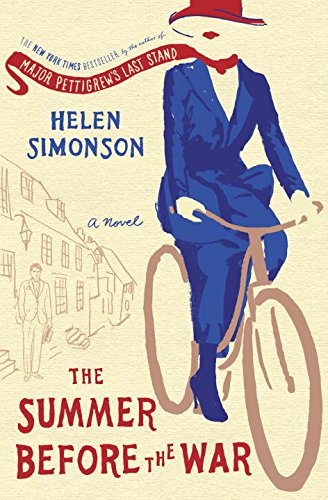 book. It’s a perfect summer read: a light-hearted romance with colorful characters and a compelling historical backdrop at the outset of World War I.
book. It’s a perfect summer read: a light-hearted romance with colorful characters and a compelling historical backdrop at the outset of World War I.
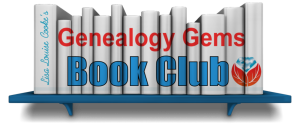 This post was brought to you by the free, no-commitment online Genealogy Gems Book Club. We choose titles for their appeal to family history lovers, AND we interview their (often best-selling) authors. Click here to learn more about the Genealogy Gems Book Club.
This post was brought to you by the free, no-commitment online Genealogy Gems Book Club. We choose titles for their appeal to family history lovers, AND we interview their (often best-selling) authors. Click here to learn more about the Genealogy Gems Book Club.
3 Tips for Finding WWI Ancestors and Their Stories
How did World War I affect your family’s lives? Start your search with these 3 tips for finding WWI ancestors. 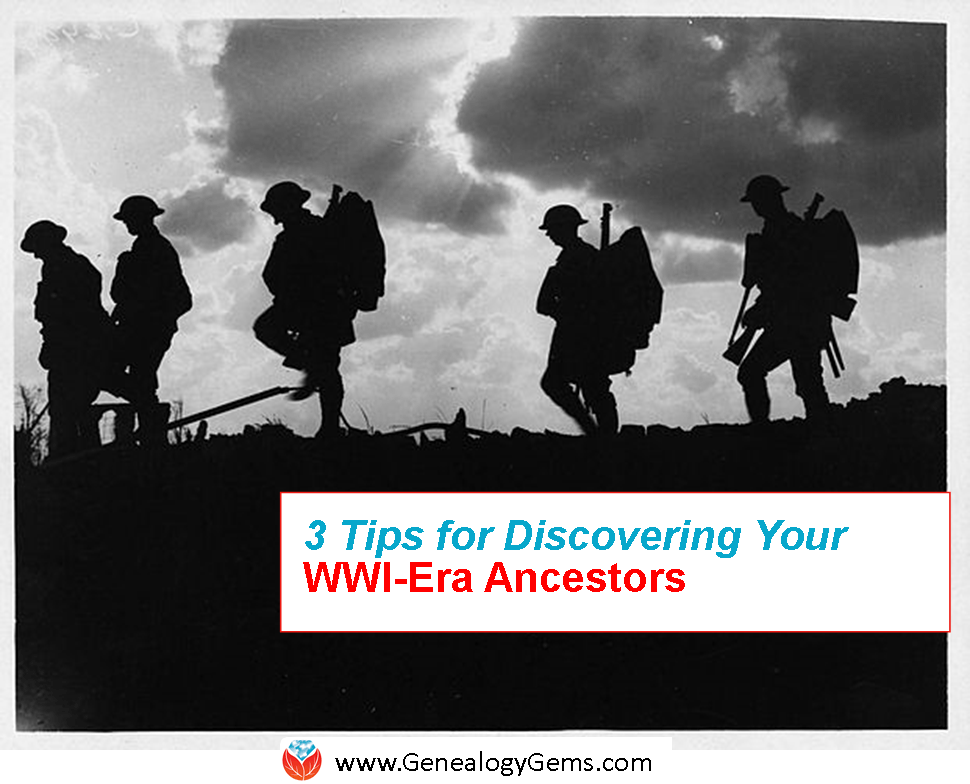
Our current Genealogy Gems Book Club title takes place at the outset of WWI. The Summer Before the War: A Novel
by Helen Simonson has endearing characters who experience fairly light-hearted dramas–and then they are plunged into war.
Through their eyes, readers begin to understand that those who lived through ‘the Great War’ experienced something totally unprecedented. There had never been such a massive loss of life and devastation.
1. Ask family what they know. Ask all living relatives what they know about ancestors’ involvement in World War I. Listen for stories about anyone who may have served in the military, dodged military service, took care of things on the homefront, lost their own lives or loved ones or lived in an area affected by the war. Ask about any old documents, photos or letters that may survive.
There are lots of ways to ask your relatives these questions. Poll everyone at your next family gathering or reunion. Use Facebook (click here for some great tips) or other social media. Connect with other tree owners who have documented ancestors of WWI interest (see step 2, below) through communication tools provided at sites such as Ancestry.com, MyHeritage.com and FamilySearch.org.
2. Identify ancestors affected by WWI. Look for families and individuals who were alive between 1914 and 1918. Where did they live? Was it an active war zone? Research local histories and maps to determine how their city–or even neighborhood or property–was affected. Scan death dates on your family tree–did anyone living in a war zone die during that time period?
Were they in a country that sent troops to war? If so, look for soldiers on your tree. The age of those who served in World War I varied. In general, look for men born between 1880 and 1900 who were alive in 1914. Again, look for death dates during the war.
3. Search military records on genealogy websites. Fold3.com’s WWI landing page is the place to start for WWI ancestors in the U.S., since it specializes in military records (you may be able to access it from your home library). Ancestry.com users can go to this landing page to search all WWI records from the U.S. and here to search U.K. records. Findmypast.com users can search WWI records here, including an extensive collection of British military records but also others from around the world. If you’re searching U.S. records, remember that draft registrations are not records of military service.
If you’re looking for a country or region not represented in these online collections, start Googling! Google search phrases such as “Germany WWI genealogy” will bring up results like these. (Click here to watch free video tutorials about Google searching for genealogy records.) You may discover new databases online or records collections you could access through archives or libraries.

Available at http://genealogygems.com
These tips are just to get you started. As you discover records, you’ll have a better sense for the stories of your WWI ancestors. Then you can start chasing those stories in newspapers, local histories and other sources. Turn to a book like Lisa Louise Cooke’s How to Find Your Family History in Newspapers to learn

British volunteers for “Kitchener’s Army” waiting for their pay in the churchyard of St. Martin-in-the-Fields, Trafalgar Square, London. August 1914. Wikimedia Commons Image
sleuthing skills you’ll need for searching out your WWI family stories in the news.
More WWI Genealogy Gems for You
Europeana World War I Digital Archive

